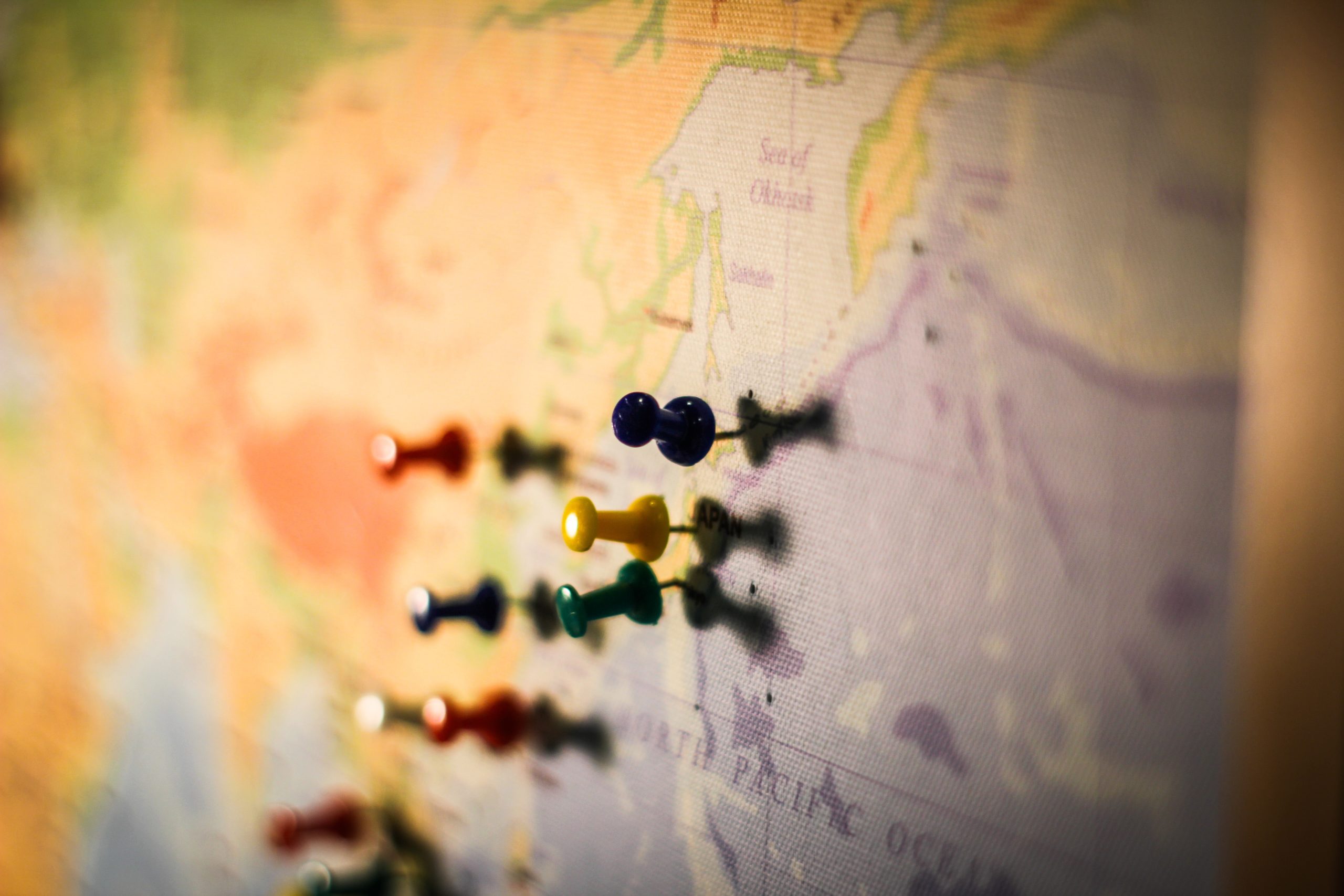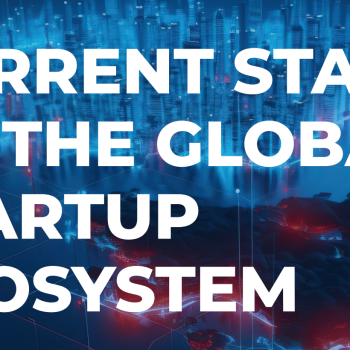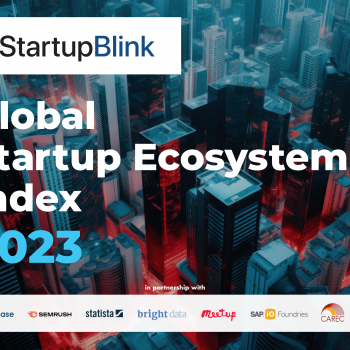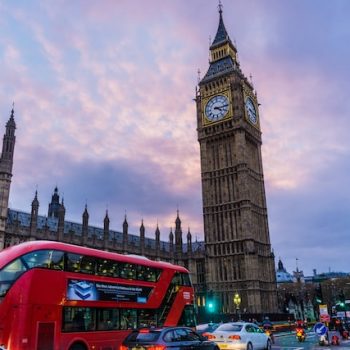One of several key elements for a flourishing startup ecosystem is open access to the knowledge and resources for everyone, whether it is an entrepreneur or supporting player, like accelerator, coworking space, government or startup organization. Hence, the popularity of startup ecosystem mapping is increasing as more players around the world understand the benefits of a transparent startup ecosystem and the visibility of the resources available in a particular location.
As this article will be based on solutions that could help startup ecosystems grow, it is primarily intended for the people who are in charge of their local startup ecosystem development. In this article, we will discuss why it is important to map your local startup ecosystem, how to build such a map and the mapping solutions that StartupBlink offers in this area.
Share what is happening in your local startup community
For its interactive form, mapping makes it easier to share updates on what your local community has been up to recently. Probably one of the biggest challenges that startup ecosystems face is that they do not broadcast enough, and rather keep all the events, accelerator programs, new startup players and opportunities in a closed circle. Consequently, for the people outside that circle, such information is made difficult to access and most of the new players may have no chances of breaking that barrier up. By putting everything on the map, your local community can be fully involved in the startup activities, network and share ideas with the people who are burning with excitement to create something revolutionary too.
Tapping into opportunities
Startup ecosystem map not only helps to update on the recent changes happening in the community but gives access to the startup ecosystem resources. Accelerators, co-working spaces, startups and more- all can be found on the map, and everyone can access this information depending on their needs. It can also help to save tons of time that was spent trying to reinvent the wheel. The common practice affirms that due to the lack of information on existing projects, many startup founders waste tons of time and money to only find out that the “revolutionary” project they have been working on so diligently has been already launched time ago by other entrepreneurs.
Map to attract foreign talents
The digital nomad era has encouraged entrepreneurs from around the world to follow a nomadic lifestyle and look for a place outside one’s country. Talents from all around the world are looking for a perfect destination where they could turn their business ideas into a life-long project. In this case, many startup founders before moving in, count on startup ecosystem maps where they can learn about a particular community, current hypes, supportive programs, and organizations, as well as startup activities. Location with an updated startup ecosystem map has far more chances to attract foreign talents than the one without and can serve as a great source for expats to decide whether they want to relocate there or better look for another place. Also, entrepreneurs are encouraged to learn about startup ecosystems around the world from the latest and one of the most extensive Startup Ecosystem Rankings Report by StartupBlink that ranks 1,000 cities and 100 countries worldwide.
What to put on the map?
The more startup ecosystem players are on the map, the more value to its members it brings. We always recommend having not only startups but other relevant organizations like accelerators and coworking spaces too. In addition, when mapping startups, it is important to map them by industry, this way one can search entities based on the category.
Mapping easier with crowdsourcing
Many startup ecosystem maps are based on crowdsourcing, meaning that the information is obtained from the people themselves. By making the map public, you are giving people the opportunity to update it whenever it is necessary. This way you are not alone on this road trying to figure out all the latest startup ecosystem news, but have large numbers of people that see value in this project and are willing to put the data on the map too. The beauty of crowdsourcing is not only the involvement of all startup ecosystem players but the higher possibility of the data being up to date as well.
Solutions for building a map
When mapping a startup ecosystem, there are a couple of options to choose from. Google Maps is a public tool that allows putting places, organizations, and other resources. Hence, unlike professional mapping solutions, it can be relevant only if you are looking for something temporary, very basic, and do not actually need it to be updated on a regular basis.
Another tool that is particularly customized for startup ecosystem mapping is StartupBlink, a global startup community map that has existed for years now. It offers a reliable solution to make your local startup ecosystem easy to access for everyone.
When working with StartupBlink, a leading local organization gets access on StartupBlink and is empowered to take control of the local startup ecosystem map by providing the most relevant and updated information. By doing so, one can directly influence the city and country rankings on the yearly Startup Ecosystem Rankings Report that is read by thousands of entrepreneurs and decision makers worldwide.
Building your own startup ecosystem map is not enough, you also need to make sure people view it. By teaming up with us, your organization will appear on the official StartupBlink website that has tens of thousands of visitors per month. This way you will create a lot of traction for your startup ecosystem and your organization too. The startup ecosystem map will be accessible not only through our web page but could be easily embedded on your website. Startup ecosystem mapping modules are available as a part of the Startup Ecosystem Partnership. For more information on how to receive international exposure, build your local Startup Map and database, and make data-driven decisions supporting your ecosystem development, fill up the contact form at the bottom of the web page here.
After all, the startup ecosystem map presents strengths, opportunities, as well as helps to identify the weaknesses. An updated map gives an overview of the current situation in a particular startup ecosystem, empowers its players, and attracts foreign talents. With the help of customized mapping solutions, the process is made fast and simple, and you can enjoy the benefits from day one.









